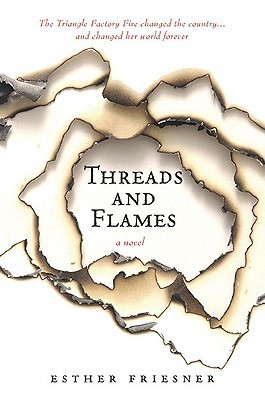What do you think?
Rate this book


390 pages, Hardcover
First published November 24, 2010
After just barely surviving a deathly illness in her small Polish shtetl, thirteen year-old Raisa travels alone to America to find her older sister in 1910 New York City. When she arrives and can find no trace of her sister, Raisa finds a job to pay rent for herself and the young orphan, Brina, she took in during the voyage to the States. Despite the daily mind numbing work and despair over her lost sister, she begins to make a new life in her new home with friends and even love. But when a small spark ignites the scraps of fabric in the Triangle Shirtwaist Factory where she works, and tragedy strikes, Raisa’s life may be changed forever.